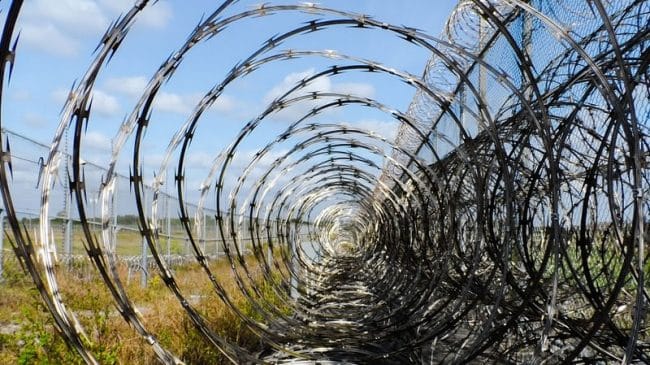Californians will have yet another opportunity to dramatically improve the way the criminal justice system works. This November, voters will decide whether the state should make nonviolent offenders eligible for parole after they’ve served their base prison terms.
The Public Safety and Rehabilitation Act of 2016, Proposition 57, would increase the number of sentencing credits inmates may receive for completing rehabilitation programs and good behavior. It would require judges, not prosecutors, to decide whether or not juveniles should be tried in adult court. And, perhaps most importantly, it would allow nonviolent inmates to become eligible for parole after completing their primary sentences.
Beyond the primary prison terms handed down for crimes, additional years are often tacked onto sentences for possession of a firearm during the crime or being part of a gang. Sometimes the sentences for these additional charges are longer than the sentences for the primary crimes themselves.
According to The Associated Press, the passage of this measure would make 7,000 inmates immediately eligible for a parole hearing. Joan Petersilia, a Stanford law professor and criminologist, says this measure is most likely to impact the more than 20,000 prisoners currently serving time for nonviolent drug and property offenses.
Allowing inmates to become eligible for parole – not guaranteeing their release – after their core sentences have been served creates an incentive for inmates to behave better and to improve themselves through rehabilitative programs while in prison. Gov. Jerry Brown said prisoners “will then have an incentive … to show those who will be judging whether or not they’re ready to go back into society.”
He’s right. By just extending eligibility for parole, this measure would only allow those who have been deemed fit to return to society by a parole board to actually be released. Those who have failed to improve upon themselves while incarcerated, or those the board determines still pose a threat to public safety, would continue to serve their full sentences.
Allowing flexibility in sentencing is just as important as allowing flexibility in time served. Individuals who serve one, two or even 10 years in prison are inevitably going to be different people at the end of their terms than when they were first incarcerated. A true justice system should reflect a person’s capability for change and award positive changes accordingly.
If it passes, the state can ease opponents’ concerns about Prop. 57 by setting standards and controls to ensure the right measures are being incorporated into parole board decisions, improving the quality of rehabilitation programs in state prisons and awarding inmates more credits for the completion of rehabilitation programs over credits simply for time served. Inmates can only rehabilitate themselves if the right programs are made available to them.
In recent years, California has taken several smart steps to reform the criminal justice system, most of which came about only after the U.S. Supreme Court mandated a reduction in the state’s prison population.
Many of the positive changes have come about through voter initiatives, including Proposition 36 in 2012, which made changes to the state’s notoriously harsh “three strikes” law by prohibiting the imposition of a life, or “third strike” sentence for individuals convicted of nonviolent offenses. Another example is Proposition 47 in 2014, which made low-level drug possession and theft offenses misdemeanors instead of felonies. Both propositions made California’s criminal justice system more just and less expensive, all without negatively impacting public safety.
California voters understood the criminal justice system could and should be reformed in 2012 and 2014, and they have the opportunity to do so again this November. The juvenile justice and parole reforms in Prop. 57 represent another very positive step toward true justice reform in the Golden State.
Lauren Krisai is director of criminal justice reform at Reason Foundation.

